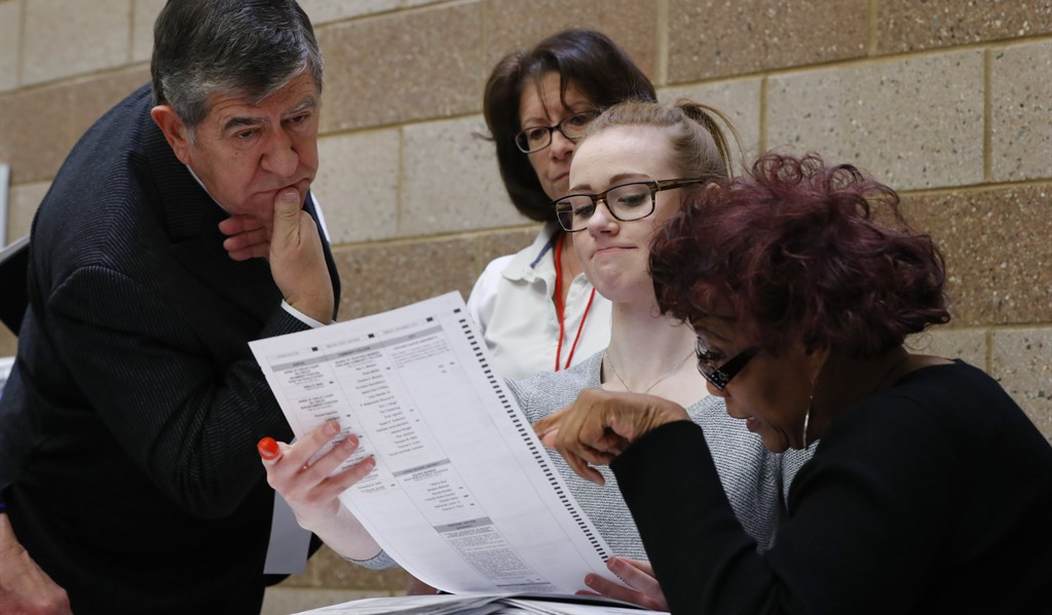As MSNBC news actress Katie Phang explains, the D.C. establishment is very concerned that a third party, such as the Green Party or the No Labels Party, could peel off enough voters in the 2024 general election from the Brandon entity to cost him the win.
“A vote for No Labels is a vote for Donald Trump,” explains her guest, former Senator Doug Jones. (In addition to being a former Senator, he is also a lobbyist in his subsequent career, which somehow goes unacknowledged when he is asked to opine on matters of public import in corporate state media.)
The duo then digress into a totally hypocritical treatise on the immorality of No Labels allegedly taking financial backing from unsavory groups and individuals. They then call for disclosure of the No Labels’ donors.
What’s good for the goose is good for the gander. Let’s see all of the political parties’ donors, starting with the Democrats.
It’s no surprise that such establishment creatures are scared of more options on the ballot; no one actually likes the Brandon entity, which was installed not by the voting public but by party technocrats who forced the other primary candidates to drop out and unanimously endorse Biden for president, quarterbacked by Obama.
Exclusively for our VIPs: Are Democrats Really ‘Comfortable’ With the Prospect of a Kamala Presidency?
Not a PJ Media VIP yet? Click here to sign up!
Jill Stein infamously ran third-party in 2016. For it, she earned the enduring wrath of Clinton Inc. due to Hillary’s accusation that Stein colluded with Russia or whatever (the Russiagate conspiracy theory is a labyrinthine, amorphous thing) to rig the election against her.
Post-mortem statistical analysis showed that even if Stein’s voters switched teams and went with Hillary, their tiny share of the electorate would not have been enough to unseat Trump in the few swing states where it really mattered.
Via Reason:
We do have national exit polls that shed some light. For instance, CBS News asked Stein voters what they would have done if faced with a ballot featuring only Clinton and Trump. Result: 61 percent said they wouldn’t vote, 25 percent said they’d vote for Clinton, 14 percent said Trump. Applying that formula to Michigan would not be enough to make up that 10,704-vote gap.
But what are facts to the Democrat Party leadership and their colleagues in the corporate state media? It’s much easier to blame anything but the poor quality of their own candidates for poor performances.
What if — and I know this is a wild-eyed, pie-in-the-sky suggestion — the Democrat Party actually offered attractive candidates running on attractive policy platforms that normal people without purple hair might like to vote for?










Join the conversation as a VIP Member